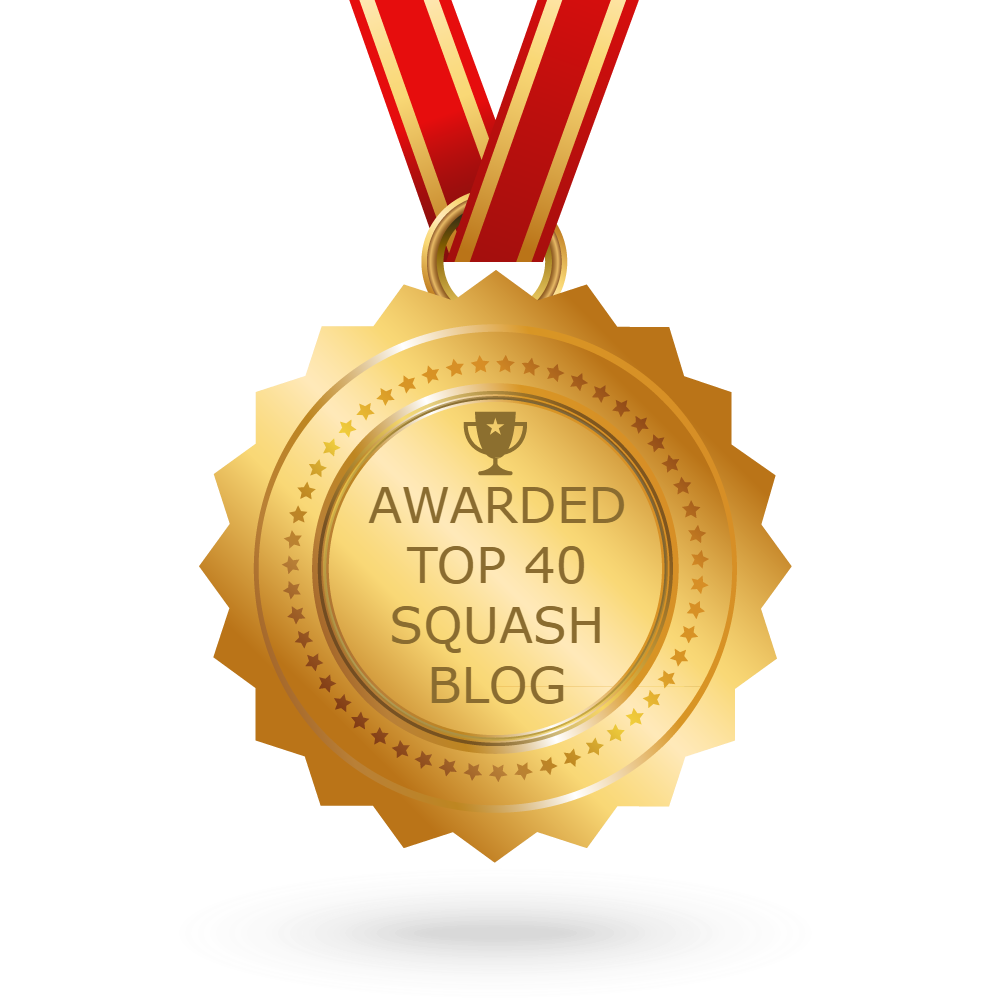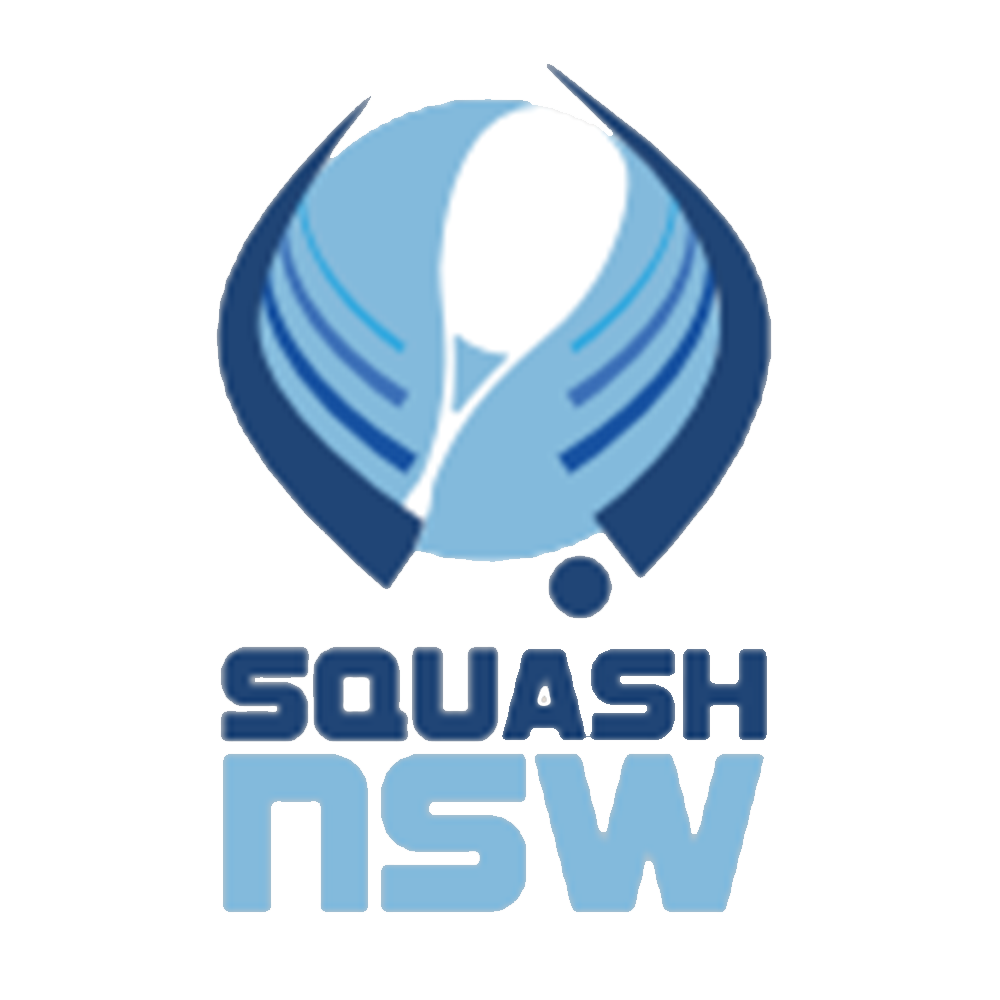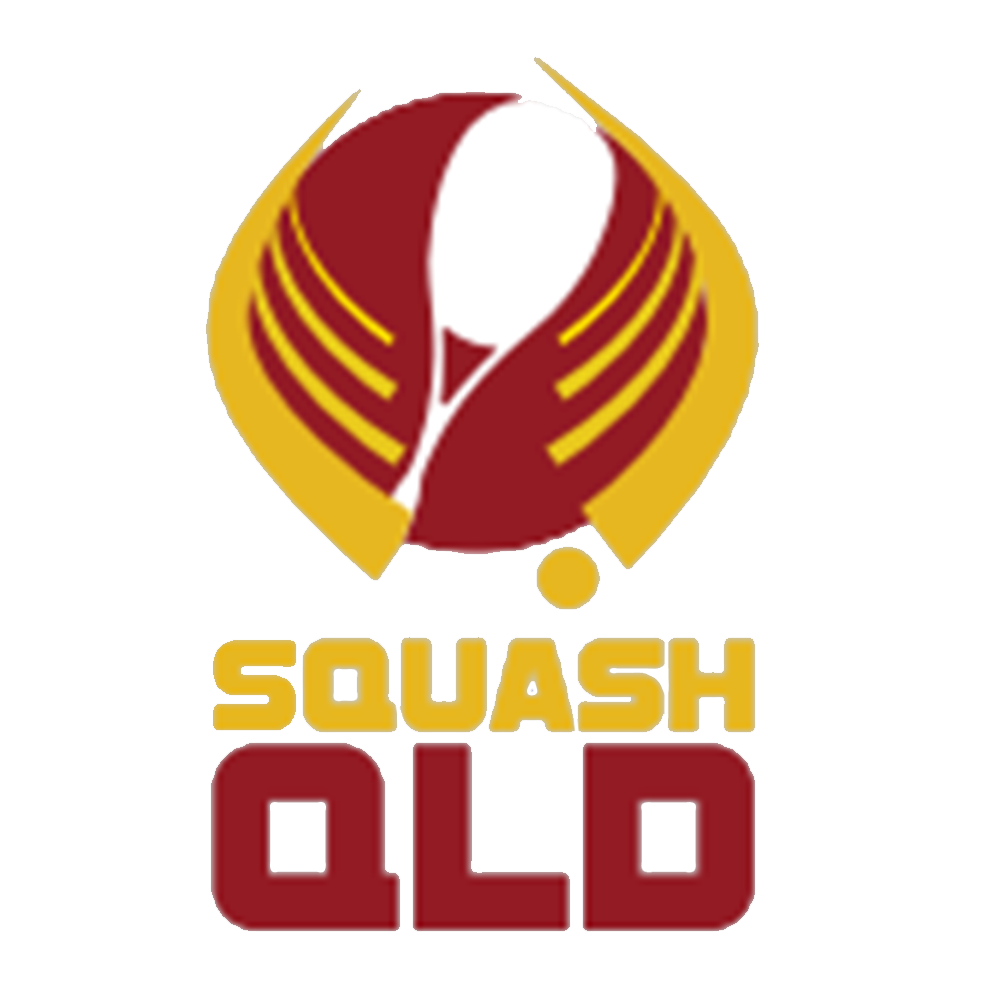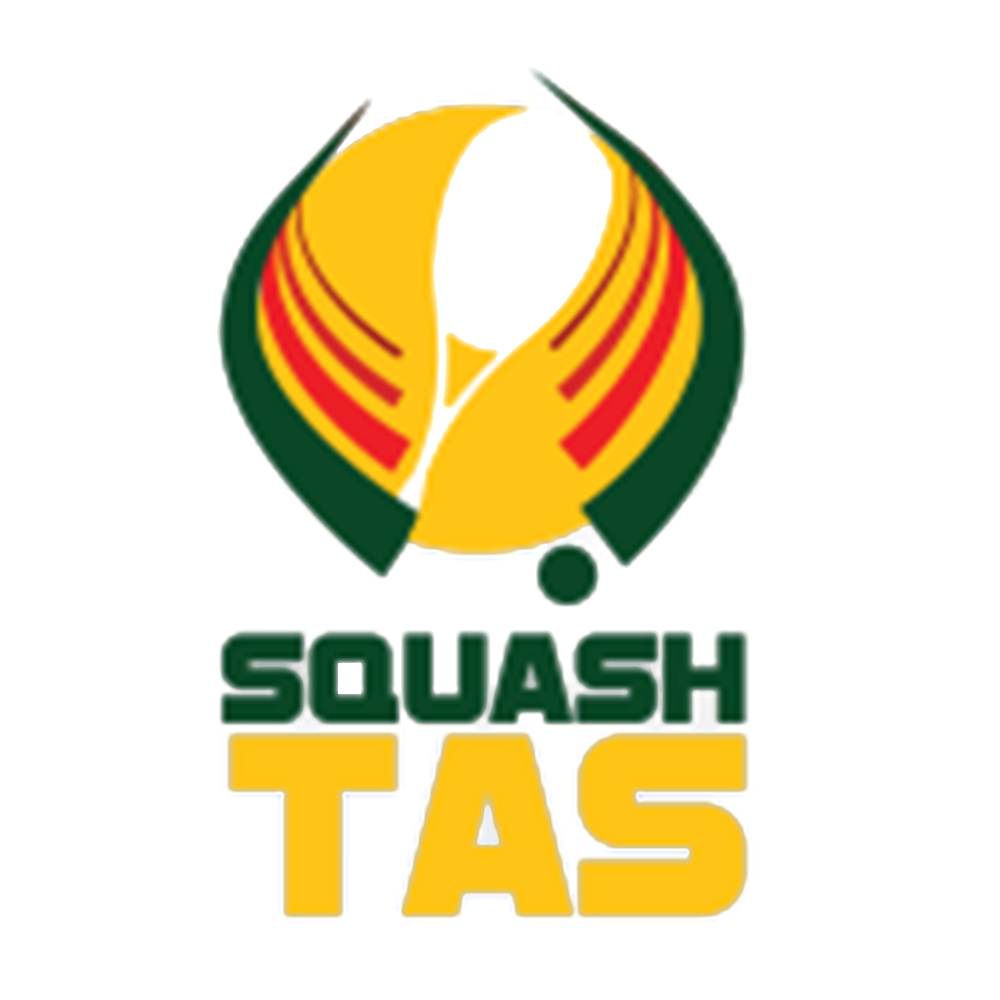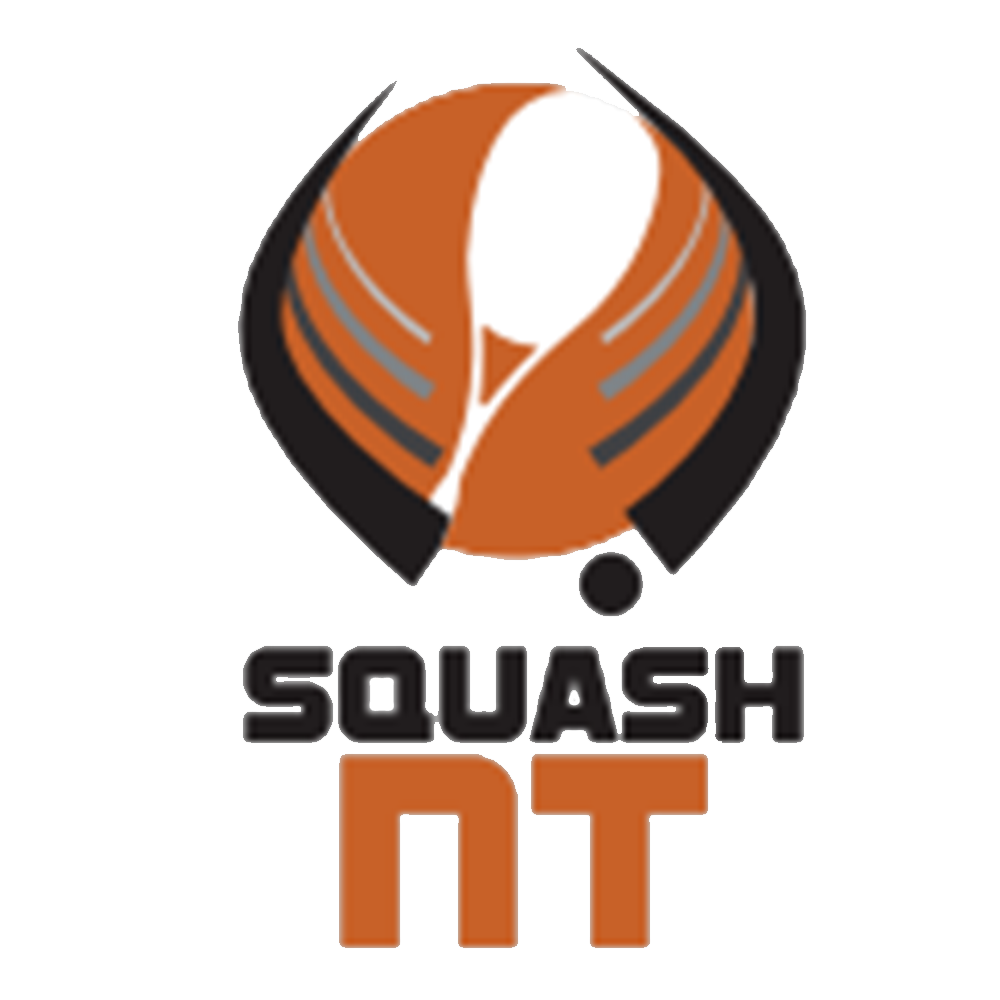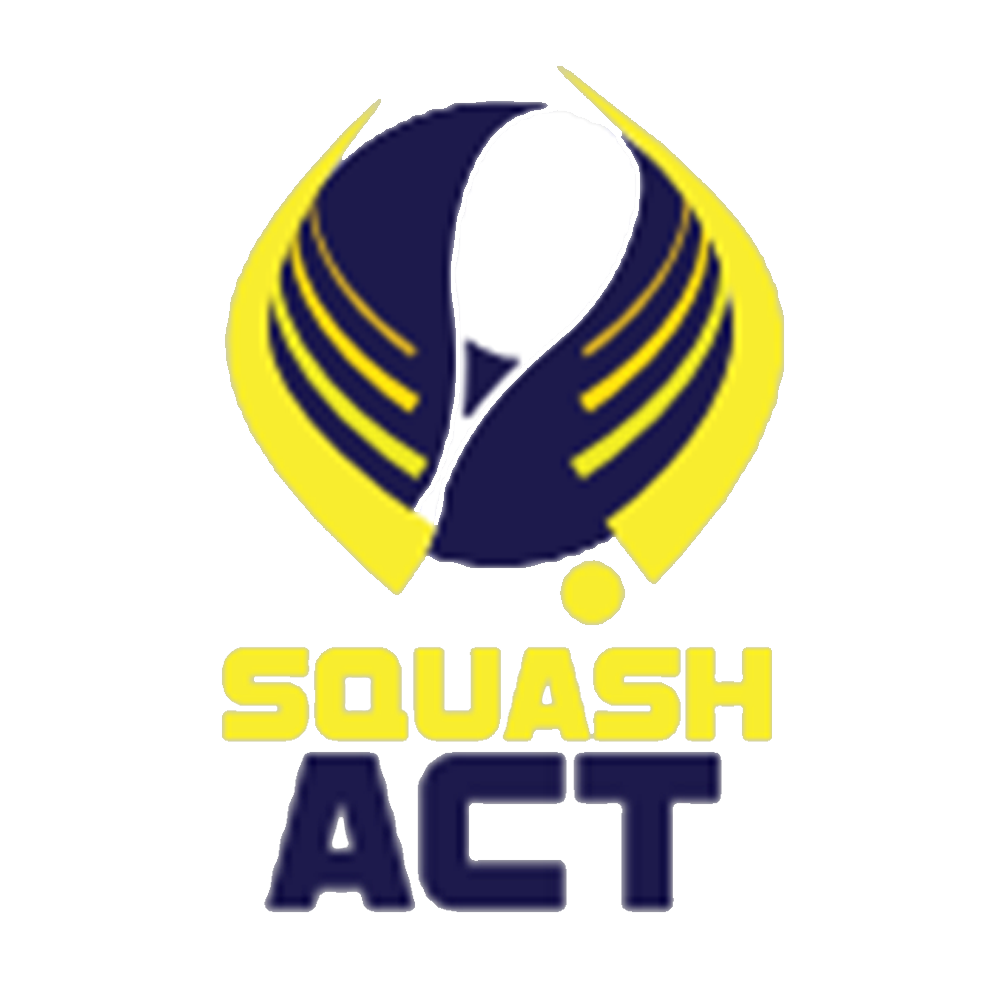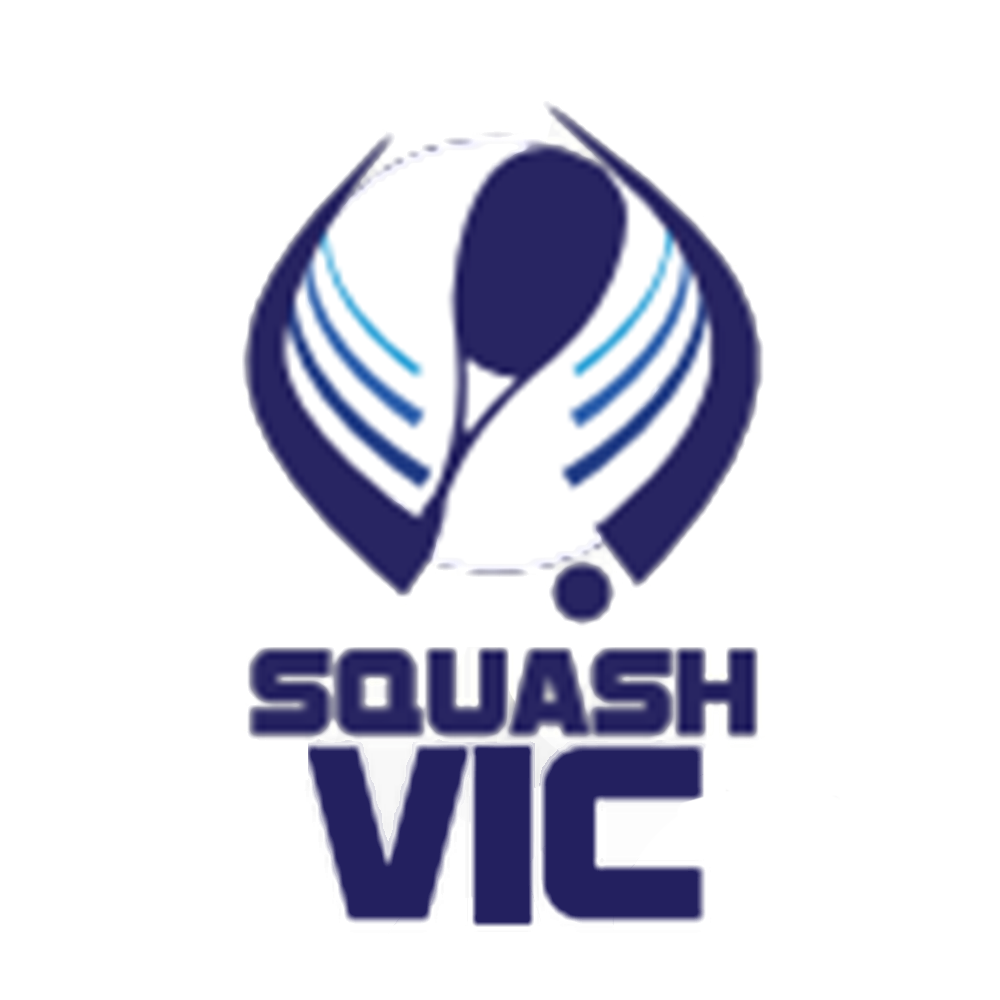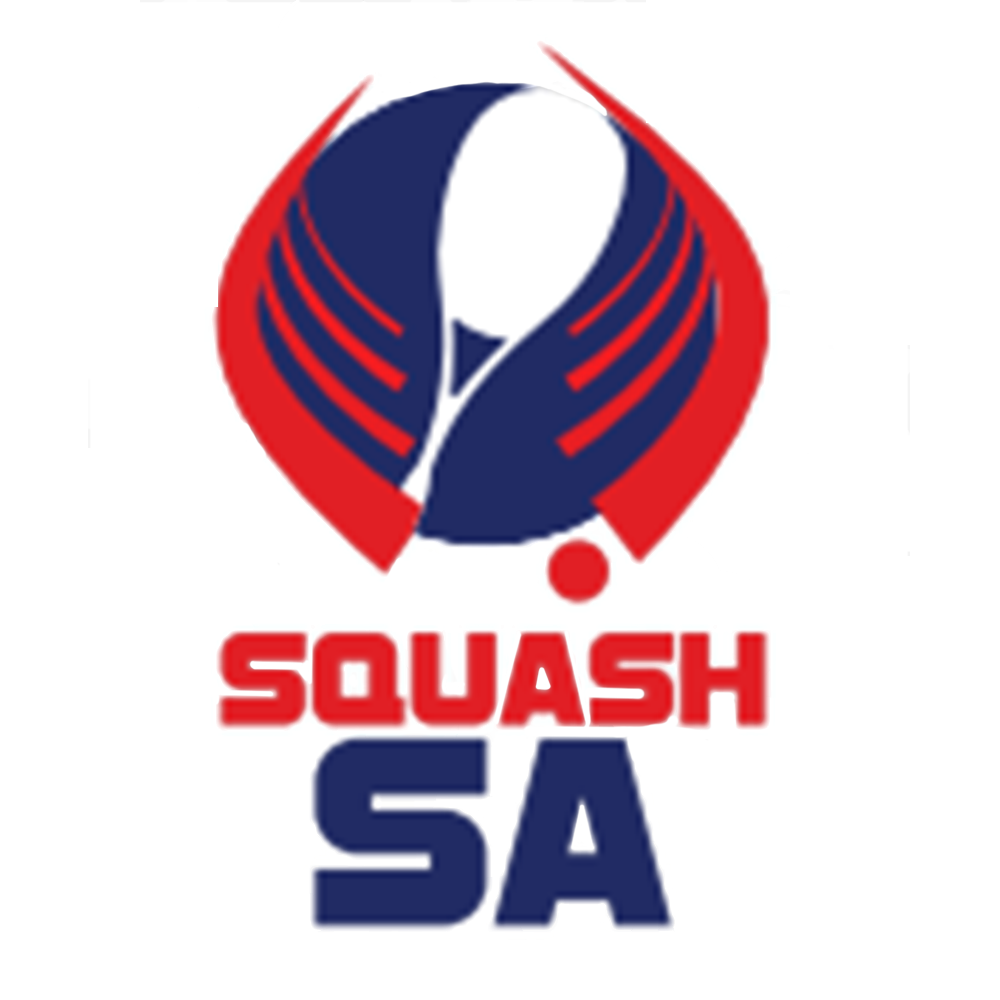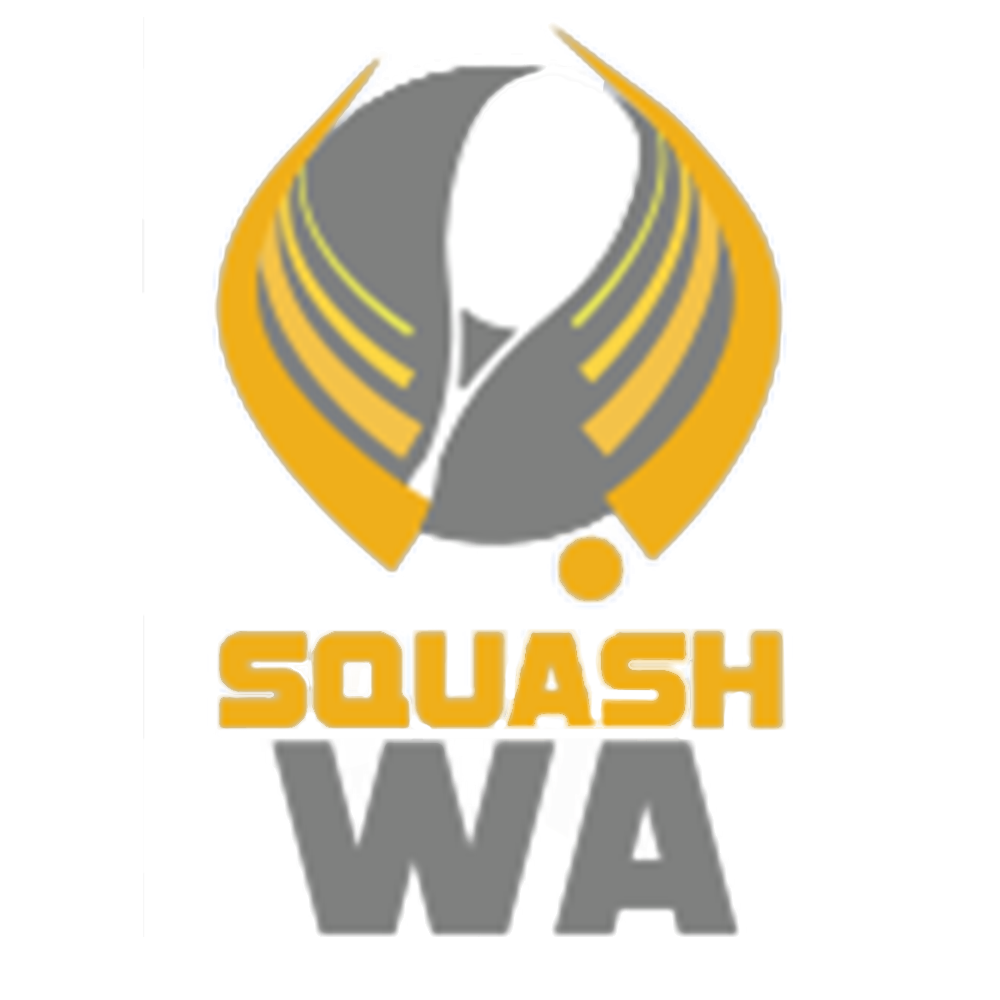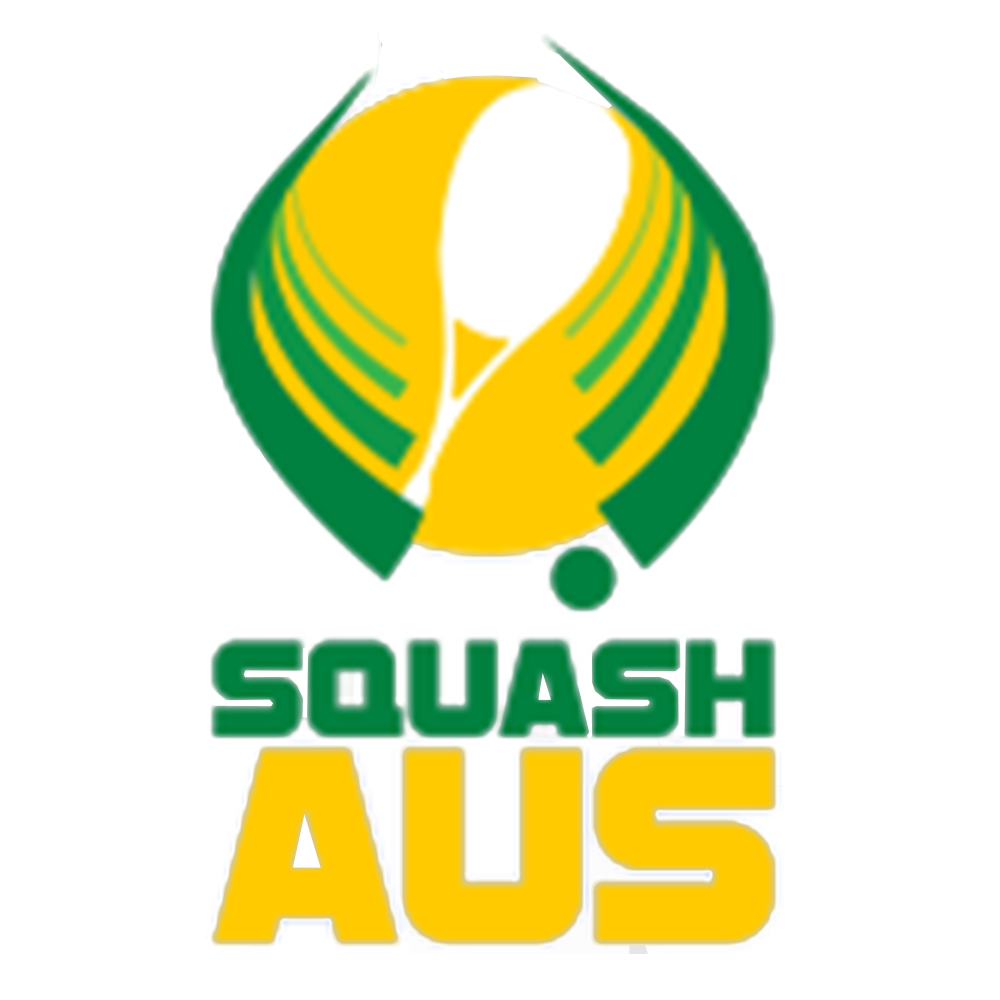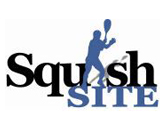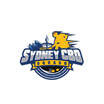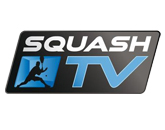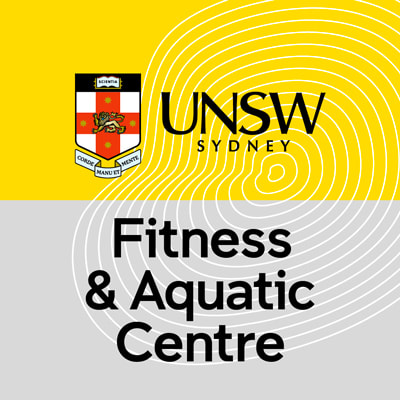The Next Generation Club is a great facility, especially to play tournaments at. The more squash centers like Next Generation, the more APPEALING it is for people to want to play squash. The reason being it includes a VARIETY of facilities (a pool, spa, gym and café) that COMPLIMENT each others business.
What did the courts play like at Next Generation?
The courts play with a true bounce meaning that the ball is relatively neutral in its bounce i.e not over bouncy but not dead. The conditions over the weekend were warm as there were a lot of players around. Typically, the more bodies in a centre, the warmer it is, regardless of the outside temperature. Even though the courts play true, in warm conditions it causes the ball to be more bouncy. This makes it harder to CONTROL, even on a true playing court because the ball shoots around more and bounces up higher.
Do you play differently on each court or does it depend on the opponent?
The court and ball all play a part in the conditions, though it doesn't change my strategy of playing the opponent. Regardless of conditions, I am always LOOKING for my opponents WEAKNESSES and then playing into these areas as often and as ACCURATE as I can.
When is the best time to figure out how the ball plays?
The first thing I look at before I have even started is whether the ball is new (just came out of the box) or whether it is old. The reason for this is that a new ball is more likely to shoot around the court quite fast at the start. An old ball that has been hit around for hours is usually going to be hit in, meaning it is a tad softer and less lively. Sometimes you have variables where balls stay fast throughout a match, but this is very rare. Another variable is that a new ball is dead from the beginning (not very bouncy), again this is also very rare.
The best time to figure out how the ball is bouncing is in the warm-up. Bear in mind that it is difficult to guage the natural bounce of a cold ball in the first 30-60 seconds It is best to wait until the ball is warm to determine the bounce and play of the ball more accurately.
YES.
If the ball is shiny, I will make the ball go coarse again. I do this by rubbing the ball on my strings to get rid of the shine on the ball.
I do not see an old ball as a bad ball, as I would actually prefer to play with an older ball vs. a brand new ball. The reason being is that an older ball typically does not shoot around the court and is therefore easier to CONTROL and more REWARDING of good shots.
You played Joshua Larkin in the final. A player known for his speed and counter-attacking style. Do you change your game plan completely when someone is quite quick around the court comparative to someone who does not move as well?
Yes, I will VARY my STRATEGY when playing a counter attacking player vs. a player who doesn’t move so well.
I don’t change my game plan completely, but I do pull back my attacking shots to the front of the court from across the middle. When playing a counter attacking player, you have to be careful when taking the ball short to the front. If you don’t go short particularly well, you will be placed straight on the back foot, meaning you will have to defend. Therefore, I make sure to CHOOSE my OPPORTUNITIES to attack at the RIGHT times, as I don’t attack the ball to be put on the defensive. This enables me to put the counter-attack player under pressure and not be placed back under pressure from my initial ATTACKING opportunity. This is easier said than done and requires a great amount of discipline, which I have been fortunate enough to develop over the years.
If I were to be playing someone who doesn’t move so well, taking the ball to the front of the court would be more EFFECTIVE, as movement will reveal their weakness which means far greater reward. This enables you to attack and sustain the attack.
Thanks for your time, Aaron, and congratulations on your win.

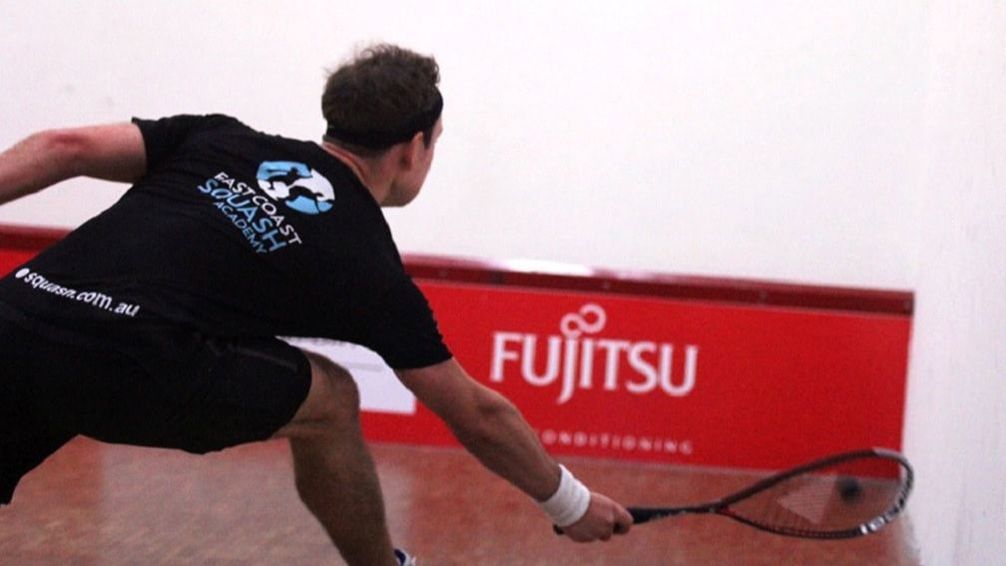
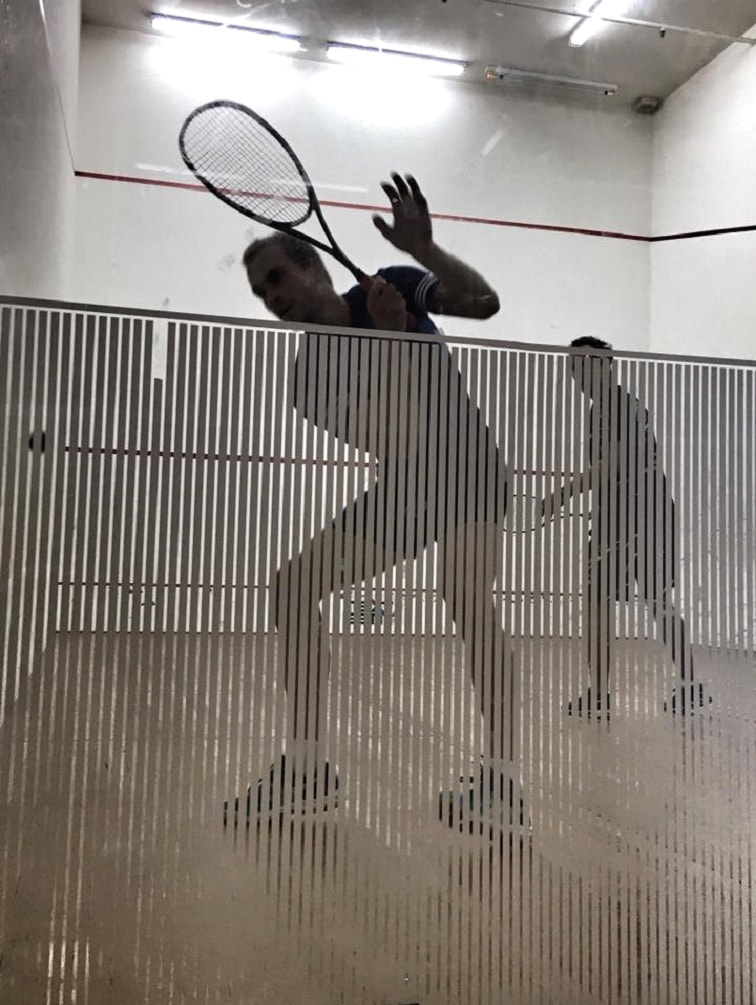
 RSS Feed
RSS Feed
